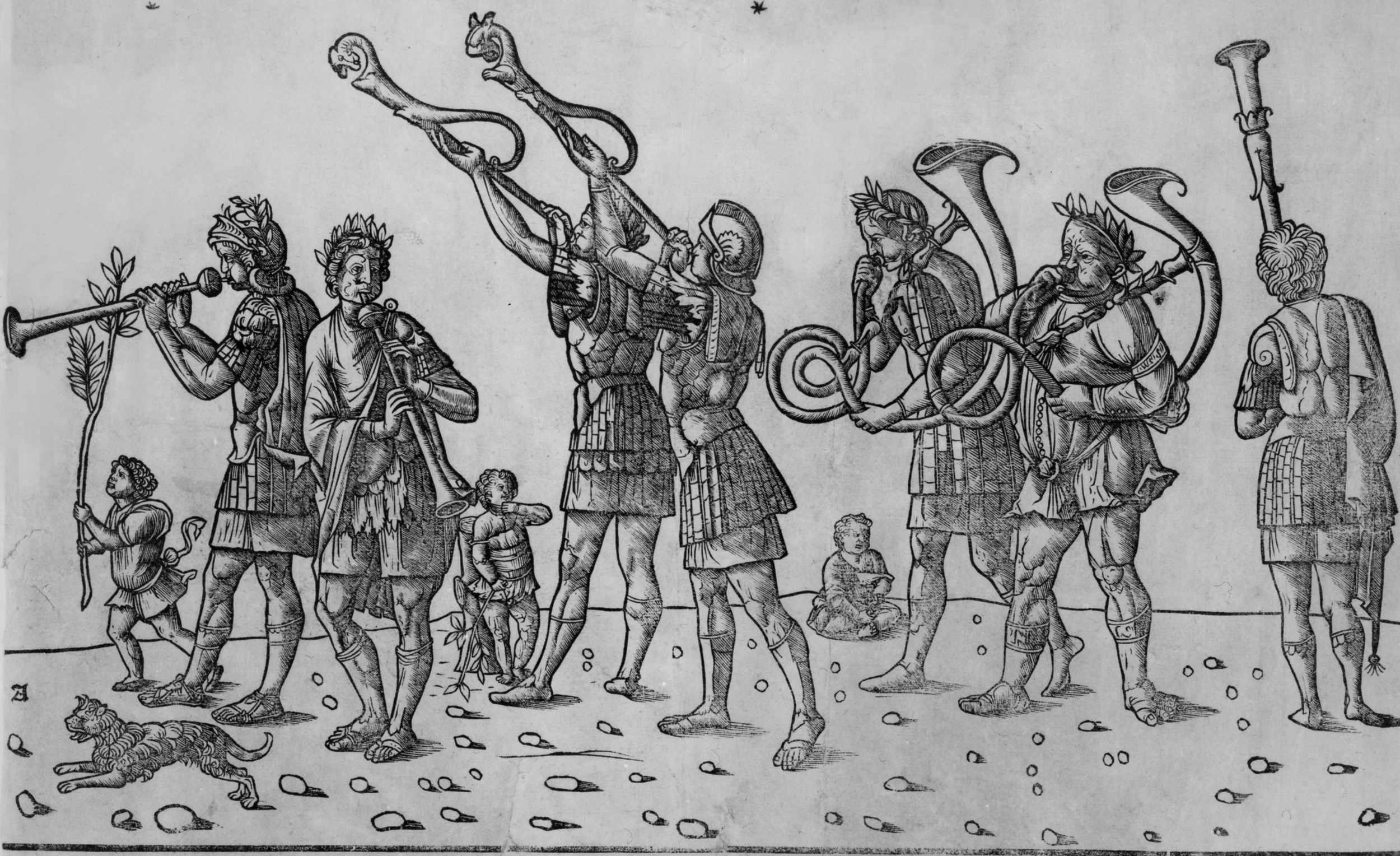Music Archaeology: the Early Days
Music archaeology didn’t burst upon the scene. It didn’t even come from one single time or place. Instead it developed over many years, gradually building up to become the multi-faceted study that it is today. While the term music archaeology has been around some time, it was only generally adopted relatively recently but that doesn’t detract from the fact the study of music archaeology has been around for many years before any of its modern adherents were born.
There have been many papers produced on music archaeology in recent times and much discussion on what should and should not be regarded as valuable contributions in this field. I must declare a position here in that I am not a great admirer of much of this work. Successive workers have built progressively on that of their predecessors using the technical means available to them at the time. Rarely did they talk about their endeavours as anything other than attempts to understand the world of musical instruments from the past but they laid the foundations upon which we now base our understandings.
Some of these early works are very focussed on particular aspects of music archaeology and do not cover the subject as a whole but it is that very focus which gives them their value. Being so oriented, are we to see them as music archaeology or are we to define them out of the field? To my mind, all such works are part of our subject and possess their own value in expanding human knowledge. If we take a look at the work of Lise Manniche on the Tutankhamun Trumpets, for instance, to my mind it is a most-useful and informative document while not pursuing the same path as that of Hans Hickmann who similarly wrote on Egyptian trumpets. I see it as invidious to pick out different approaches to our subject in order to credit one as being more-worthy than another.
Musical instruments began to be studied in many different ways in different countries mainly because the evidence for the presence and use of instruments was different in different places. In Scandinavia and around the Baltic, for instance, the bronze lurs were the material which was available and so the local interest was on them. They could be studied for their physical shape and for their playing characteristics and that was the direction in which early scholars travelled.
In Ireland too, physical remains existed and these were the subject of early music-archaeological studies. Just how the Irish Horns were played was not as clear as with the bronze lurs and much of the discussion around these instruments was about who it was believed had brought them into Ireland and what they could have been used for.
Around the Mediterranean and further east, the story of its ancient peoples had been written and illustrated and these writings provided materials for the sudy of the instruments used by the peoples from this area. This provided a very-different source of information from that available in northern Europe and gave rise to investigations based upon contemporary accounts of ancient times: a very different approach from that taken in the north.
In a western world where Christianity reigned supreme, the Bible was seen a key source of inspiration about ancient instruments and their usage but the barrier to deep understanding of the actual instruments in use and their role lay in the use of translations of the Bible which rendered the names applied to instruments somewhat questionable. Scholars such as Jeremy Montagu who could flip effortlessly between the various language versions of the Bible helped to put the Biblical instruments into their original context and opened up our understanding.
Towards the south of Europe, the earliest finds, from the Palaeolithic onwards, prompted a different style of investigation and, in some cases led to the investigation of similar instruments reported in ethnographic investigations.
Some scientists in the late 18th and early 19th centuries applied their skills to the chemical composition of alloys used to make alloys but, as this was a destructive process, its ability to inform was somewhat limited. In addition, knowledge of alloy composition of just a few ancient artifacts added little to overall understanding of brass instruments in general and it was only when a large number of analyses became available that it became truly informative. Nevertheless, the process had to start somewhere and these early efforts were a beginning. A further barrier to the expression of ideas about such instruments at this time lay in the use of the term brass. This term was used for many centuries as the English language term for many copper-based alloys and this may have given us our term for describing brass instruments in this way.
